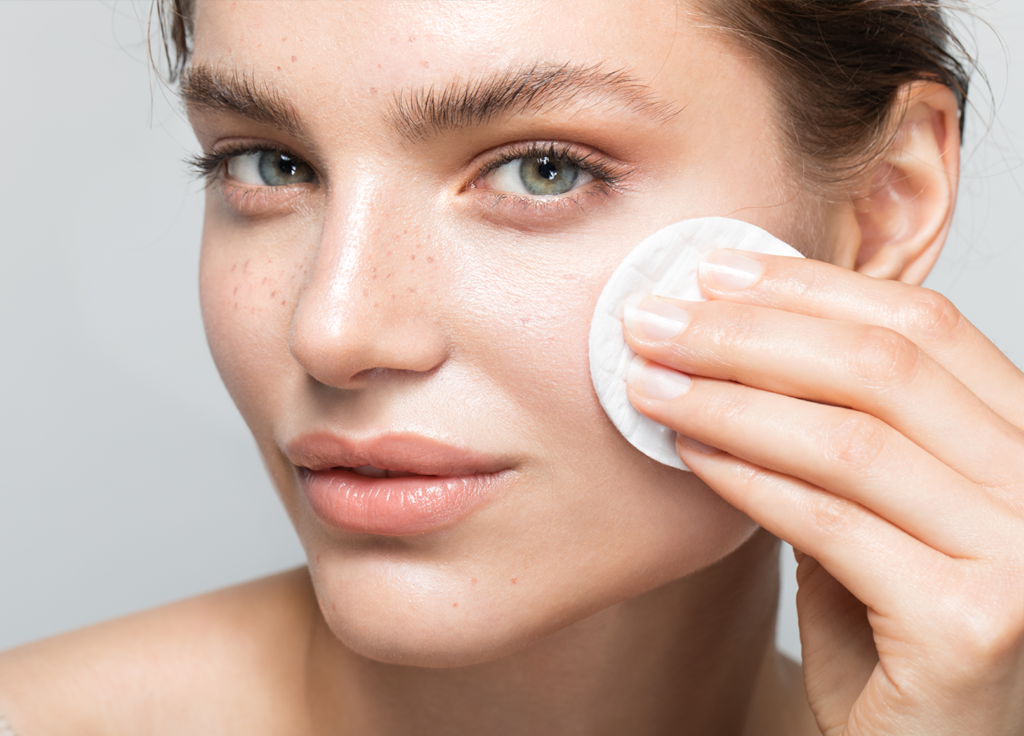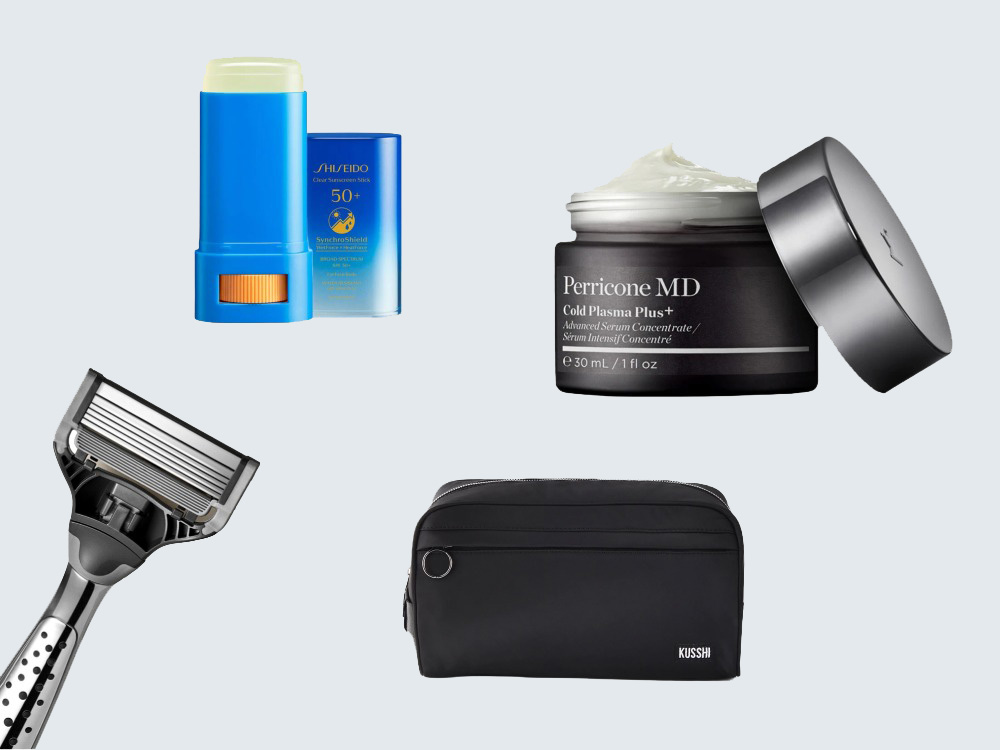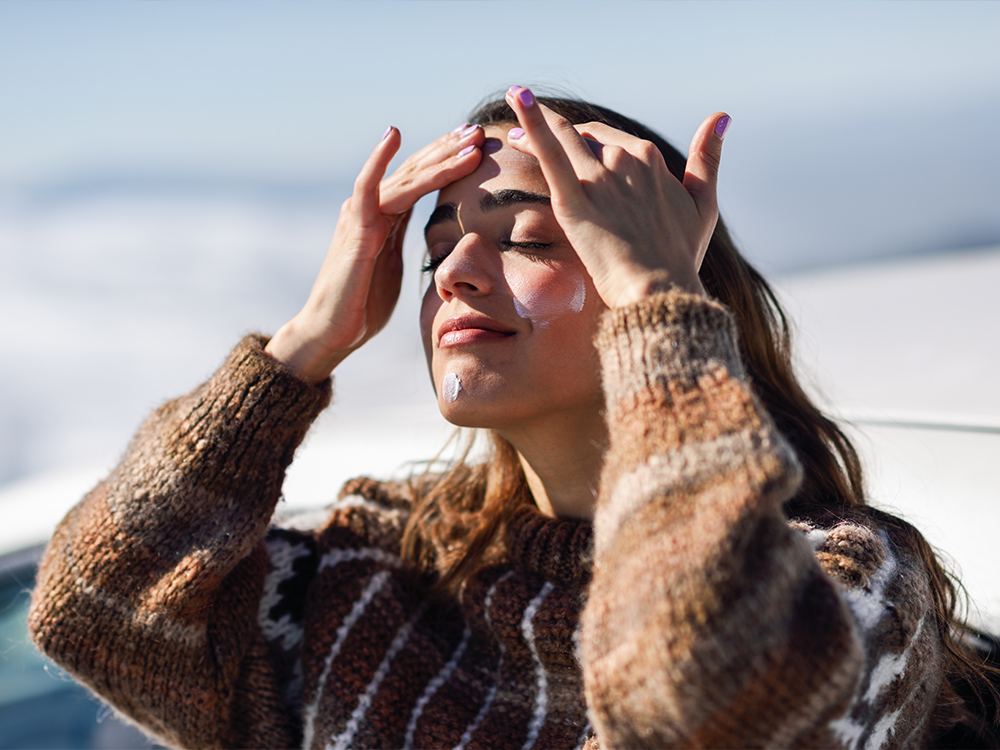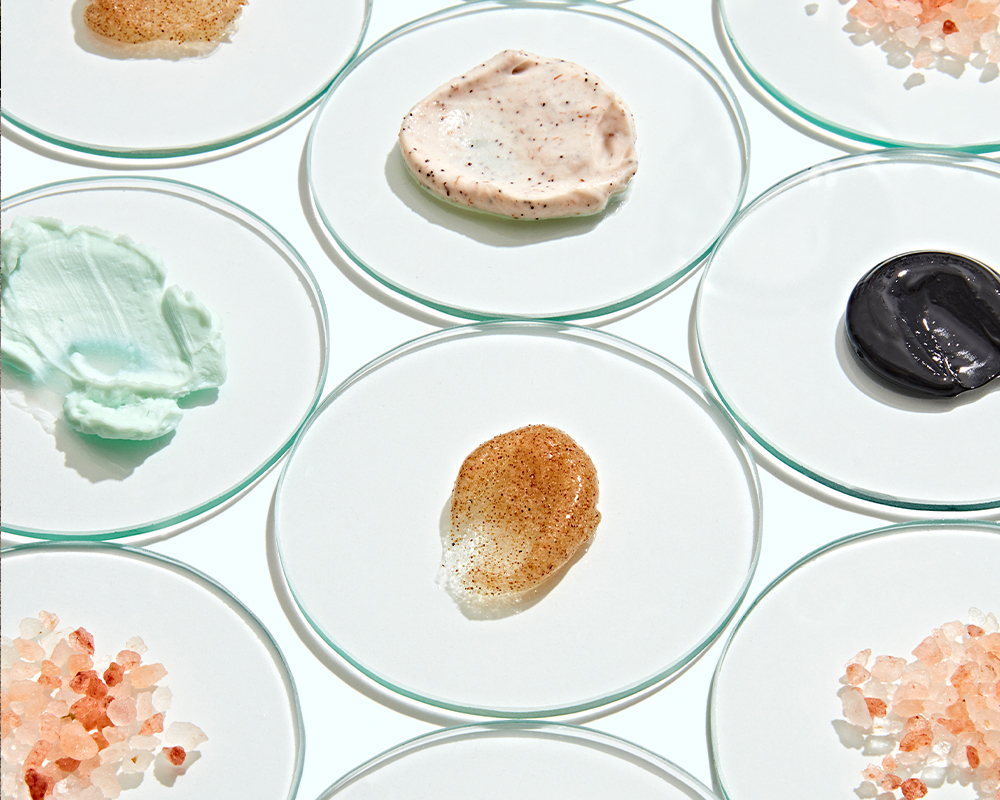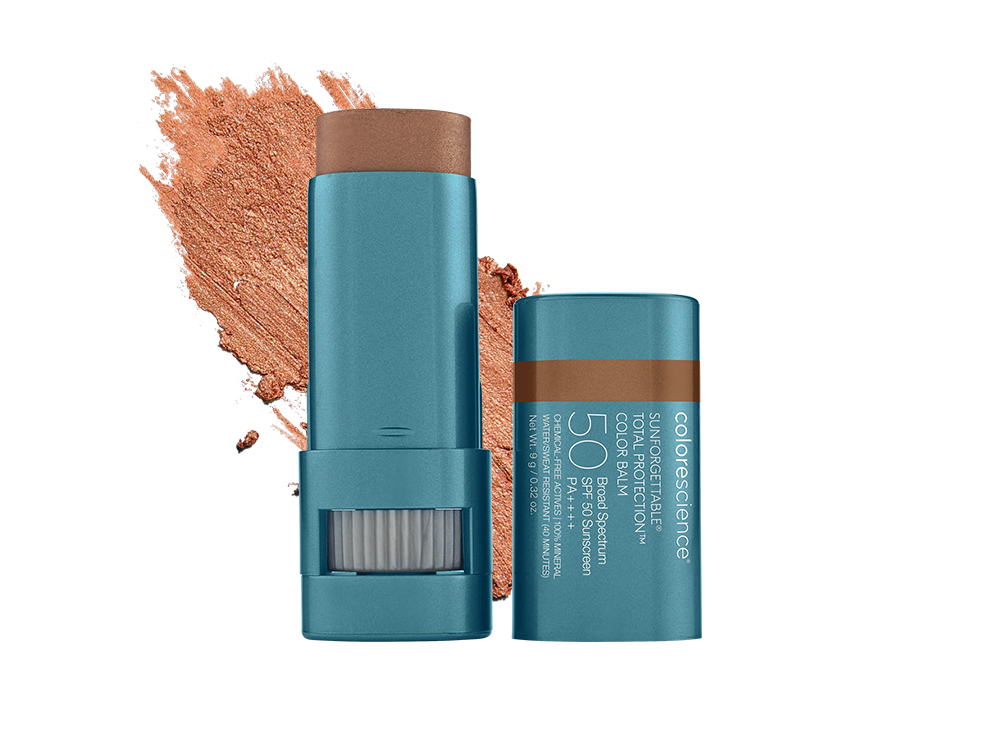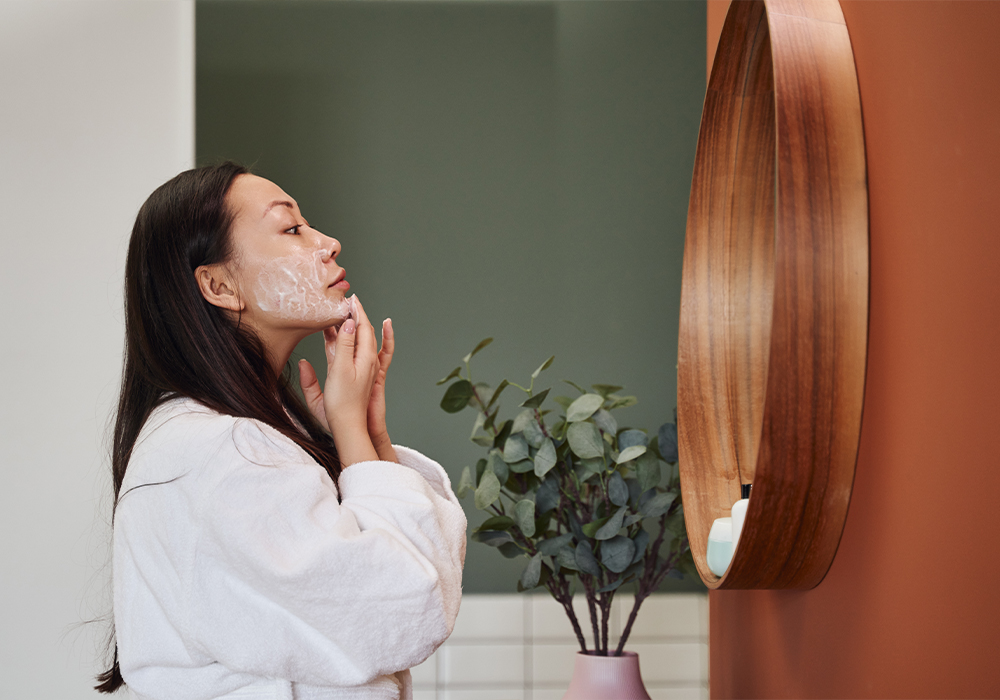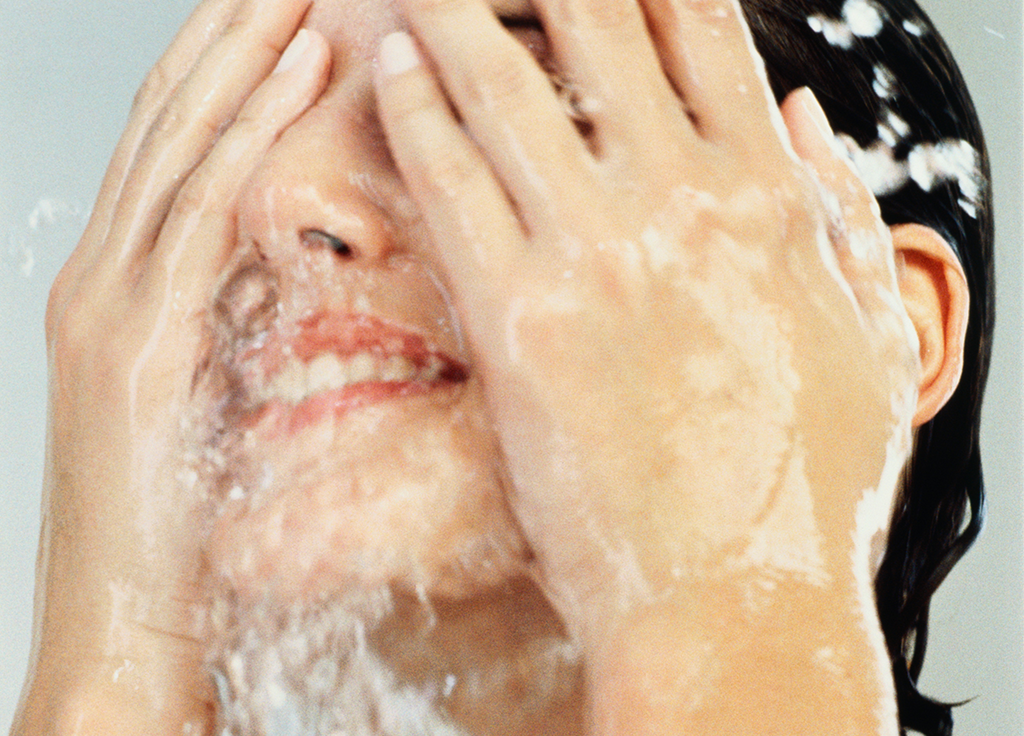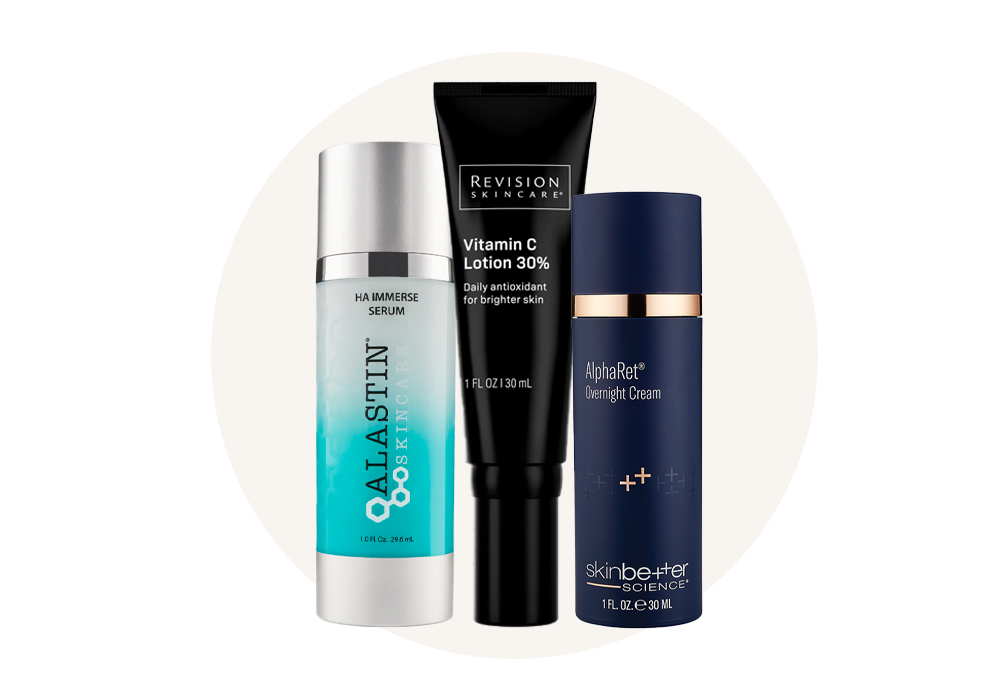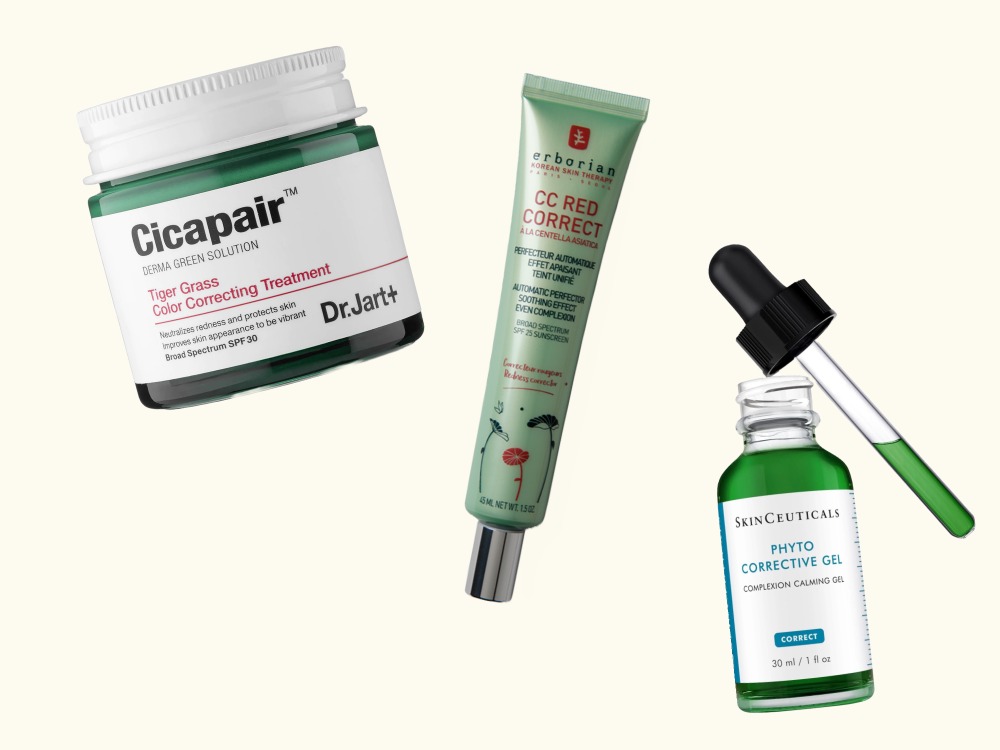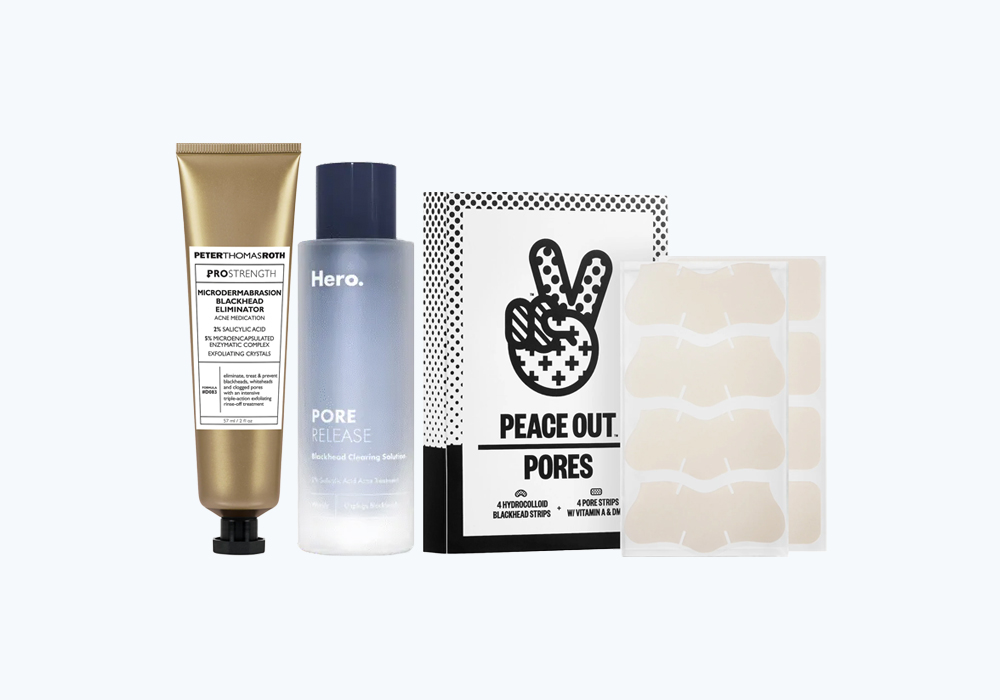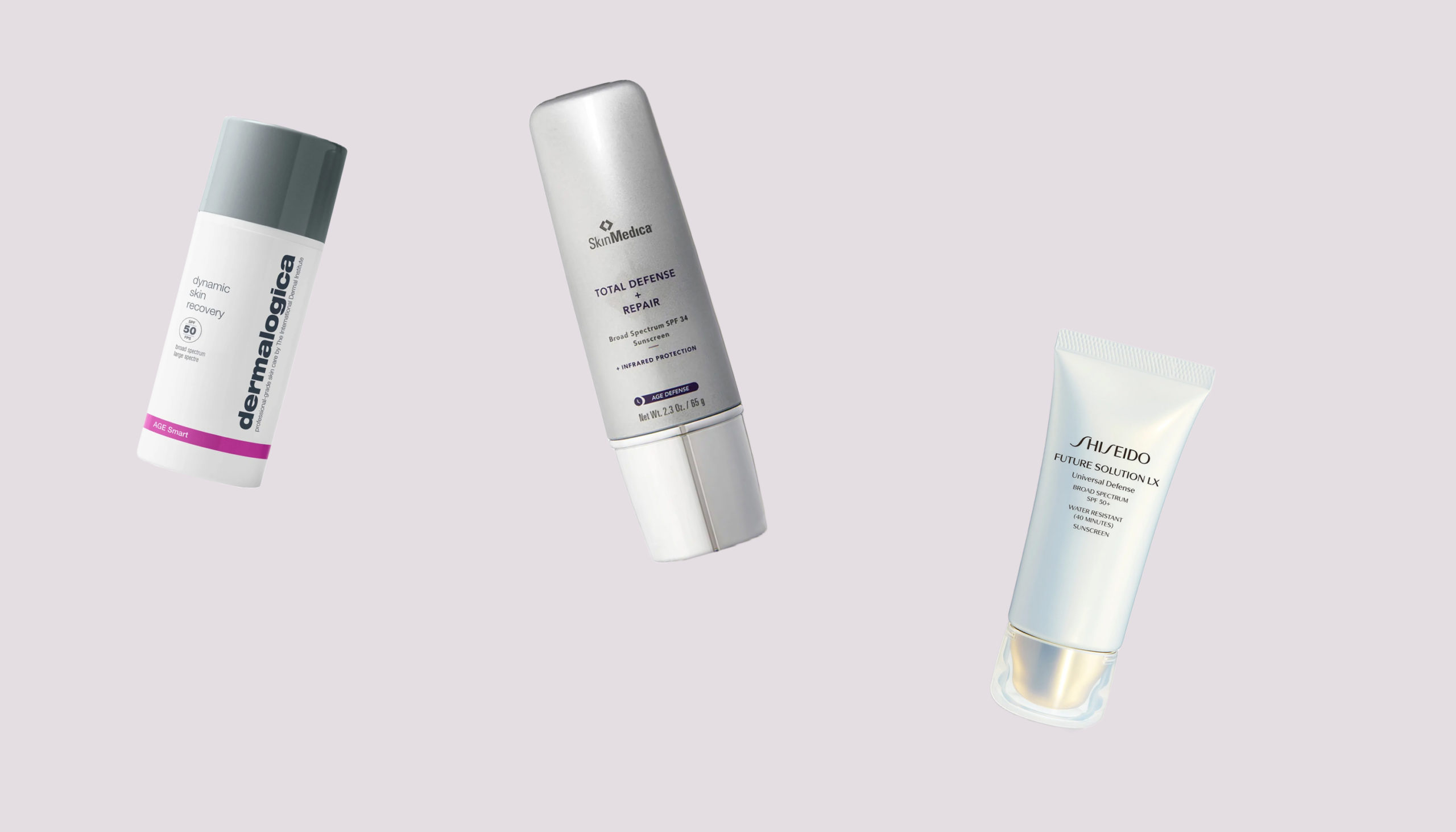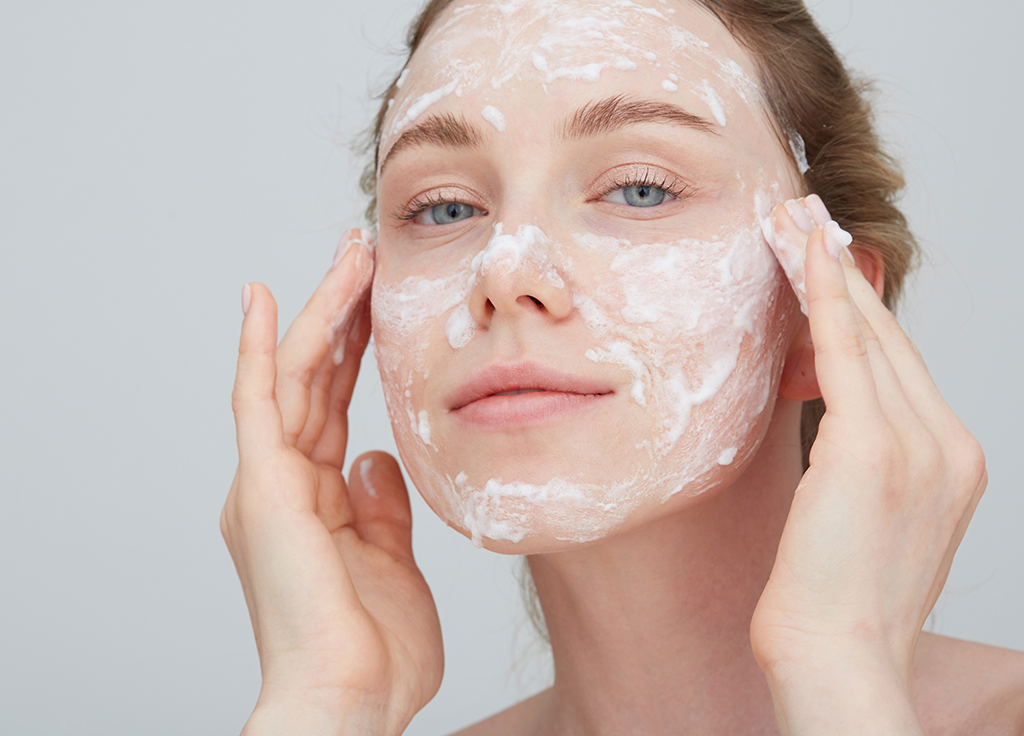When it comes to good skin health and a glowing complexion, celebrity aesthetician Nerida Joy says it comes down to the lesser-known—yet key—category of lipids.
“Lipids are large molecules that are not soluble in water, also described as lipophilic,” she explains. “These fatty substances made of animal fats, plant oils, vitamins—such as vitamin A, D, E and K—waxes, steroids and hormones form around 50 percent of the structural components of the cell membrane, signaling and messaging molecules within the body.”
Why this may sound utterly scientific, Saddle Brook, NJ dermatologist Dr. Frederic Haberman says, in the simplest of terms, lipids are skin’s natural fats. “They are essential components of the skin and play a crucial role in maintaining the strength of the skin’s protective barrier, which holds moisture, protects the skin from damage and keeps dirt and impurities out.”
And then there is the cholesterol-ceramides connection. “Cholesterol is a lipid helps accelerate the skin barrier’s recovery and improve the appearance of skin elasticity,” Dr. Haberman explains. “Visible skin aging is often caused by cholesterol deficiency on the skin. Ceramides are a type of lipid, which is proven to increase the skin’s hydration and barrier function. Ceramide deficiency is the main cause of dry skin.”
“Lipid production declines as we age, and this can result in rough surface texture, uncomfortable tightness, dullness and loss of facial fullness. It’s important to note that cholesterol on your skin is different from the cholesterol found in the blood, and having more of it on your skin won’t cause your blood pressure to elevate.”
In addition, lipids are also found in the skin’s stratum corneum layer of the epidermis, where “lipid bilayers hold the dead skin cells together like glue, trapping water,” Joy adds. “In the granular layer of the epidermis, lipids exist in the form of free fatty acids, cholesterol and sphingolipids. Lipids are also found in the sebaceous glands attached to follicles known as sebum, aka, oil. Also, because free radicals can damage essential lipids, the daily wearing of good skin-care products containing antioxidants and sunscreen, is a must.”
So, the million-dollar good-skin question: What will show up from lack of lipids? As Joy explains, this one comes down to a weakening of the skin’s barrier function. “A compromised barrier will lead to water loss of the skin, causing dehydration, flaky, itchy, irritated or inflamed skin. If the skin’s cell membrane lipids are damaged from free radicals, the cells become less healthy and lose their permeability for the effective transportation of nutrients and wastes. When there is a deficiency with dietary essential fatty acids—found in meats, fish, eggs, dairy, vegetables oils, nuts, and seeds—skin problems such as eczema, dermatitis, psoriasis and dry skin can occur.”
What’s more, Bloomfield Hills, MI dermatologist Linda C. Honet, MD adds, is that lipids are more than just great moisturizers. “Not only do they enhance our skin with moisture and seal in the water molecules that are trying to continuously evaporate off the surface of our skin, but they also repair the skin’s protective barrier around the clock.”
“The healthier the skin’s barrier function is, the less likely it is to be susceptible to dehydration, infection and disease. Plus, hydrated, moisturized skin often appears lustrous, glowing and less wrinkled than dry skin,” she notes, adding that she recommends being wary of choosing oil as the main source of topical lipids for your skin because many oils can clog pores, trigger acne breakouts and cause milia and blackheads.
“Instead, I recommend and am a huge fan of ceramides as the form of lipids to look for in moisturizers. For example, the brand Cerave has recently and suddenly received rave reviews and accolades for its moisturizing benefits because of social media. The skin-care line’s main active ingredient is ceramides—and it is gentle and well-tolerated by all skin types. In fact, I have been using Cerave Moisturizing Cream for under my eyes for decades and will layer it on top of my favorite eye cream when this area is looking especially parched and lackluster. Ceramides for the win!”
